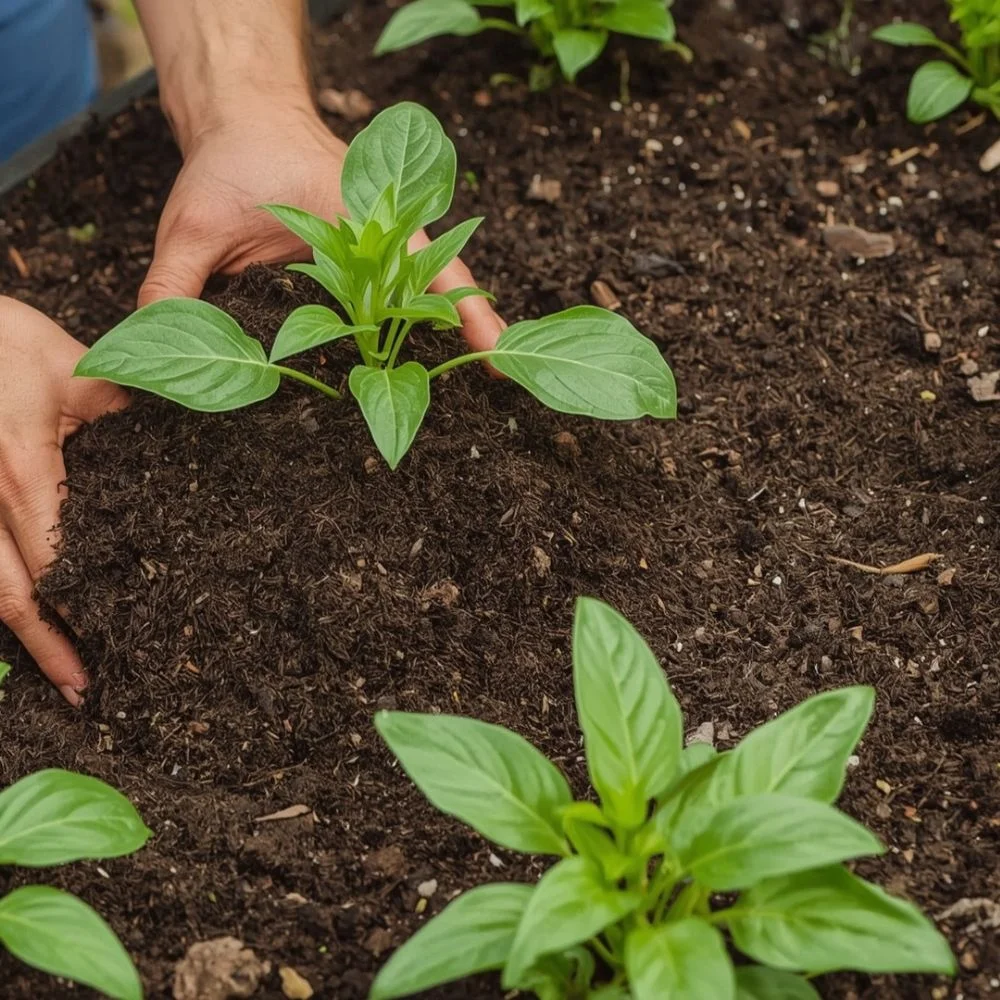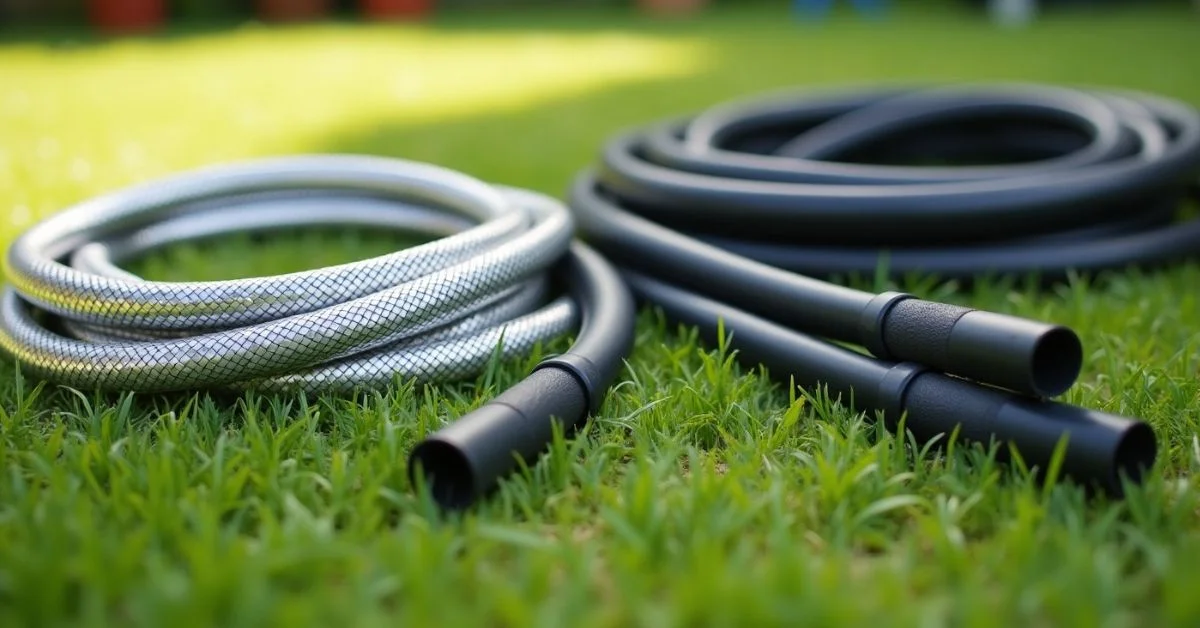Table of Contents
Introduction
Miracle-Gro soil is one of the most recognized names among gardeners, promising rapid growth and easy results. Loved by beginners and seasoned gardeners alike, it appears almost magical but what’s really in this potting mix, and how does it affect your plants and soil over time? This article examines its ingredients, unexpected downsides, safety for food-growing, best practices, and final verdict on whether it deserves a place in your garden.
What Makes Miracle-Gro Soil So Popular?
Key Ingredients Behind the Mix
Miracle-Gro soil is engineered to deliver consistent, fast results through a blend of components:
- Peat moss retains moisture and adds structure.
- Perlite improves drainage and aeration.
- Compost or bark fines supply organic matter and texture.
- Synthetic fertilizers (NPK) offer an instant nutrient boost.
Peat moss ensures plants have access to water without becoming waterlogged, perlite keeps the soil fluffy, and compost adds a touch of natural nutrients. The game-changer, however, is the synthetic fertilizer blend , which rapidly feeds plants upon planting
Why Beginners and Pros Love It
Here’s why this mix wins hearts:
- Ready to use: No blending or prepping, just open and plant.
- Widely available: Found in every nursery, big-box retailer, or online shop.
- Fast results: Many report greener leaves and faster growth within days.
The ease of use and instant gratification make it exceptionally attractive for those who want to see success quickly without fuss.
The Hidden Downsides Most People Miss
1. Over-Fertilization Risks
While the fertilizer boost is appealing, it can be a double-edged sword. Excess nutrients can:
- Burn roots or stunt growth when plants are sensitive.
- Compromise seedlings and herbs, which thrive in more balanced, lower-nutrient soils.
- This rapid release formula is sometimes too strong, leading to nutrient burn and fragile plant structures,
thegardenscape.com
.
2. Impact on Soil Health Over Time
Repeated use of synthetic-rich mixes creates problems, including:
- Killing beneficial microbes that naturally recycle nutrients
- Causing soil imbalance, with salt and chemical buildup leading to poorer soil quality.
- Without regular replenishment of organic matter, soil fertility declines ,and plant resilience weakens.
Is Miracle-Gro Soil Safe for Edibles?
1. What the Label Doesn’t Always Say?
Standard Miracle-Gro mixes often contain:
- Synthetic fertilizers, unsuitable for truly organic produce.
- Salt accumulation affects plant health and flavor.
- If growing vegetables or herbs for the table, the added chemicals could alter taste and soil makeup.
2. Better Alternatives for Vegetables
For safer, healthier edible gardening, consider:
- Organic compost blends (homemade or store-bought).
- OMRI-certified potting mixes designed for food-safe cultivation
These options replenish soil life without the risk of harmful buildup.
3. Soil Type Ideal For Key Benefits.
- Miracle-Gro Ornamentals, flowers, Rapid hydration, easy use, visible results.
- Organic compost blend Vegetables, herbs, Chemical-free, enhances soil microbiome.
- OMRI-certified potting mix, Edibles & food-safe gardening,g Certified organic, safer nutrient profile.
When and How to Use It the Right Way
1. Best Use Cases
Miracle Grow soil excels in these situations:
- Flower beds, container plants, and hanging baskets.
- Short-term planting or quick potting projects.
- Early growth stages, where rapid nutrient uptake is desired.
- For long-term planting or edible crops, though, its suitability declines.
2. Smart Usage Tips
To balance its power with responsible practices:
- Blend with organic compost to dilute chemical concentration.
- Use fresh soil each season, avoiding reuse.
- Avoid for sensitive or slow-growing plants, like herbs.
- Use as a supplemental, not exclusive, soil solution.
- These simple steps maximize benefits while safeguarding soil health.
Final Verdict: Should You Use It or Avoid It?
Use It If…
- You need fast visual results for non-edible plants.
- You enjoy convenient, no-mix options.
- Your priority is ornamental growth rather than sustainability.
- Miracle-Gro soil delivers on ease and appearance; just be aware of its limitations.
Avoid It If…
- You prefer organic, sustainable gardening.
- You’re growing food for consumption.
- You care about long-term soil vitality and balance.
- For edible or long-lived plantings, healthier alternatives focus on natural growth and microbial support.
Bonus: Long-Term Soil Health Tips
Rotate fertilizer types, mix organic, slow-release with synthetic occasionally.
- Prioritize soil tests (via local extension services) to avoid overfeeding.
- Use biofertilizers such as mycorrhizae or nitrogen-fixing microbes for sustainable health
- Practice regenerative methods like cover cropping and composting to build resilience
Conclusion
Miracle-Gro soil is a powerful tool for gardeners who want fast and easy results, particularly with ornamentals and short-term projects. However, its reliance on synthetic fertilizers, potential to harm soil microbes, and limited suitability for food cultivation make it less ideal for organic or edible gardening. To maximize success and minimize risks, follow these best practices: Use for non-edible, short-term applications. Blend with organic compost to reduce synthetic load. Avoid repeated use in food-bearing or long-term plantings. Consider organic alternatives and sustainable enrichment methods. Understanding both sides of Miracle-Gro soil gives you the power to choose the right path for your garden and ensure it’s both beautiful and healthy for the long haul.









